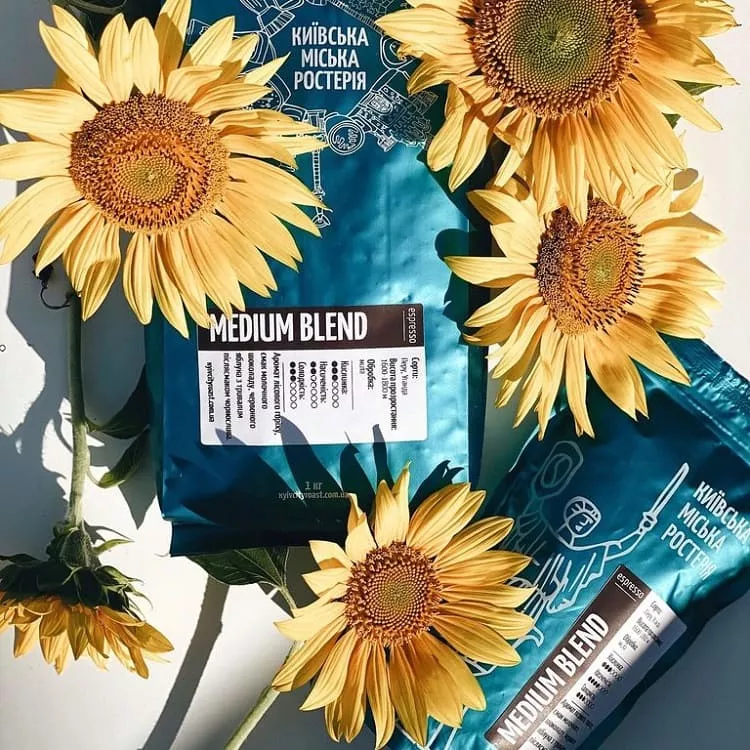Unique flavor profiles cannot be achieved with just one type of coffee.
A single-origin bean is a bean of only one type or variety of coffee, while a coffee blend is the art of combining several types of beans, from different regions, different types, and even different processing. This mixing allows you to achieve harmony of taste and aroma.
Coffee blends occupy an important place in the coffee industry, allowing you to create a variety of flavors for people with different preferences.
History of coffee blends
The history of coffee blends is a path to discovering new flavors and aromas. It all started when people realized that by mixing different types of coffee, they could create unique combinations that give an enriched taste. The emergence of the trend can be attributed to the appearance of coffee beans in Europe. Over time, the art of creating blends has become a real craft that is still fascinating not only for professionals but also for ordinary coffee lovers. With the development of the coffee industry, the art of blending has become an important part of production.
The most famous historical blends, such as the classic Arabica Robusta, have become the benchmark for quality. Today, these traditions live on in every sip, giving you the true pleasure of coffee that combines the best characteristics of different varieties.
Historically, a blend of different varieties of arabica is called an “arabica blend” and a blend of robusta and arabica is called a “blend”.
Read: Arabica and robusta coffee difference
Why coffee blends are created
Creating coffee blends has several important advantages.
First, mixing different varieties allows you to achieve a more harmonious taste of the drink, hiding the disadvantages of individual beans, or even the characteristics of varieties, and emphasizing the advantages instead. For example, arabica beans have a rather mild flavor, while robusta beans are more intense and bitter. The combination of these types results in a balanced profile.
In addition, blends are also created to save money. By using cheaper coffee beans, costs can be optimized without compromising on quality. This allows you to maintain the availability of the product for each customer.
In addition, blending allows producers to find new, unique flavor profiles to meet the tastes of a wide range of consumers.

The process of creating a blend
Creating a blend is a real science.
Each begins with a careful selection of varieties. The technology of blending grains allows to achieve perfect harmony between different components. Experienced craftsmen mix the beans in such a way that every sip of the future drink has a rich taste, aroma and gives unforgettable emotions. Equally important is the proper roasting of coffee for the blend. The right temperature and time ensure high quality and bring out all the flavoring properties of the beans.

Types of blend coffee
There are many types of coffee blends, among which there are several main types:
- Arabica blends are the most common among blends. They are characterized by a mild flavor with notes of fruit and flowers.
- Robusta blends have a more intense flavor and higher caffeine content, making them popular among strong drinkers.
- Arabica-Robusta blends. Combinations of two types of coffee with a harmonious taste, as well as an optimal level of strength and aroma.
- Seasonal and specialty blends are often produced in limited editions. They may include different types of coffee depending on the time of year.
How to choose a quality blend
When choosing coffee, it is important to pay attention to the balance between different types of coffee, taking into account individual preferences.
Coffee storage is also an important aspect. It is recommended to store it in airtight containers in a dry place.
Each blend requires a special approach to cooking – experiment and find new ways.
Coffee blends are an important part of coffee culture, giving you the best coffees harmoniously blended for your enjoyment. So choose your blend and enjoy your personal perfect cup!







